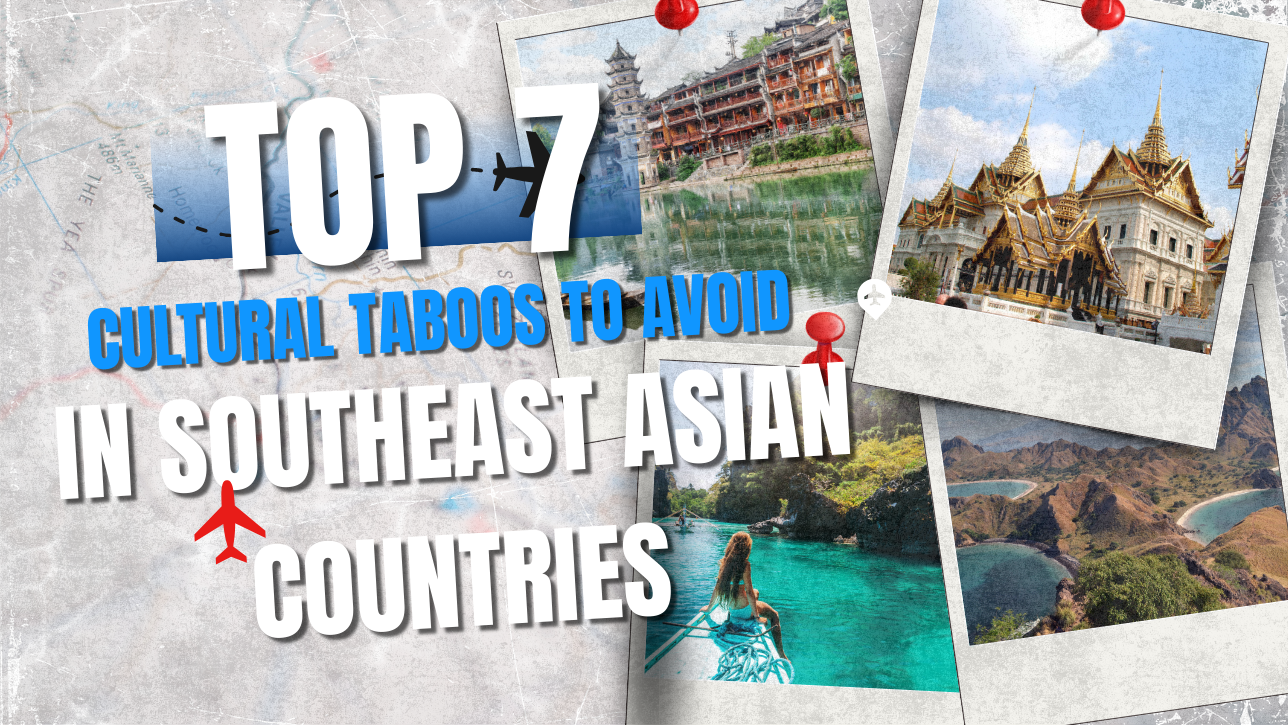
Southeast Asia, a vibrant tapestry of cultures, cuisines, and traditions, is a dream destination for travelers seeking adventure and discovery. From the bustling streets of Bangkok to the serene temples of Bali, this region captivates with its diversity. However, to fully embrace the beauty of Asian travels, understanding Southeast Asia etiquette is crucial. Cultural missteps can unintentionally offend locals, so knowing the taboos to avoid in Southeast Asian countries ensures a respectful and enriching experience. In this guide, we’ll explore key travel taboos in Asia to help you navigate this enchanting region with grace. Let’s dive in!
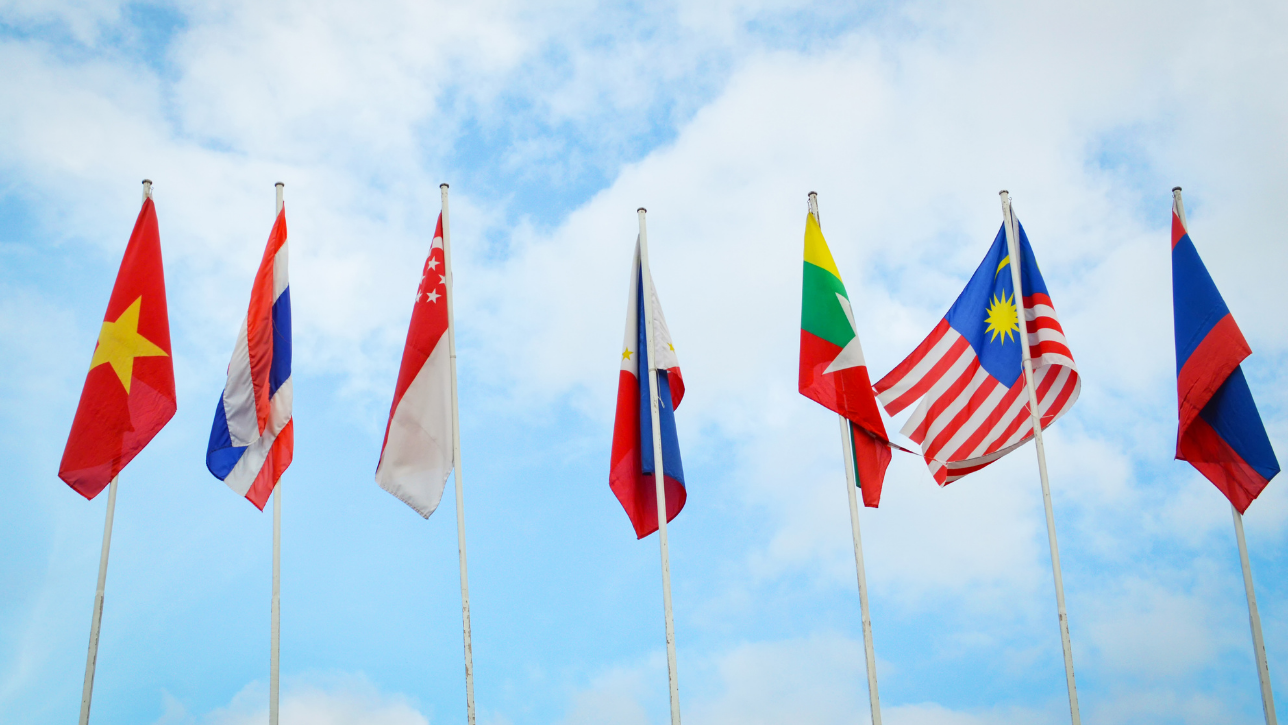
Why Cultural Awareness Matters in Southeast Asia
Southeast Asia’s rich cultural heritage is shaped by centuries of traditions, religions, and social norms. Each country—whether Thailand, Vietnam, Indonesia, or Malaysia—has unique customs that travelers must respect. Ignoring these can lead to awkward encounters or even unintentional disrespect. By understanding Southeast Asia etiquette, you not only avoid travel taboos in Asia but also build meaningful connections with locals, making your Asian travels unforgettable.
Here are the top cultural taboos to avoid in Southeast Asian countries to ensure your journey is respectful and hassle-free:
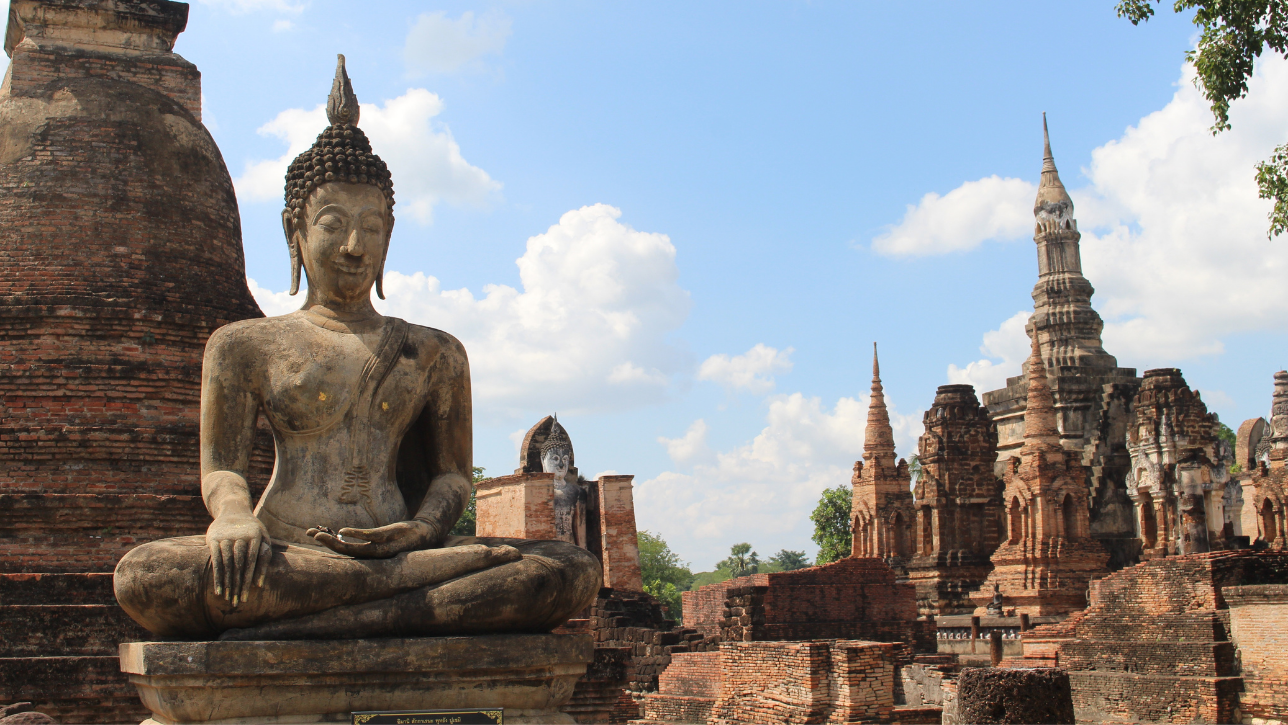
Southeast Asia is home to sacred temples, mosques, and shrines. Disrespecting these holy places is a major travel taboo in Asia.
Entering temples or mosques in revealing clothing (e.g., shorts or sleeveless tops), touching sacred statues, or taking photos without permission.
Dress modestly—cover shoulders and knees—and remove shoes before entering religious sites. In Thailand, never point your feet at Buddha statues, as feet are considered the lowest part of the body.
Research specific temple rules, like those at Angkor Wat in Cambodia, to show respect and avoid offending locals.
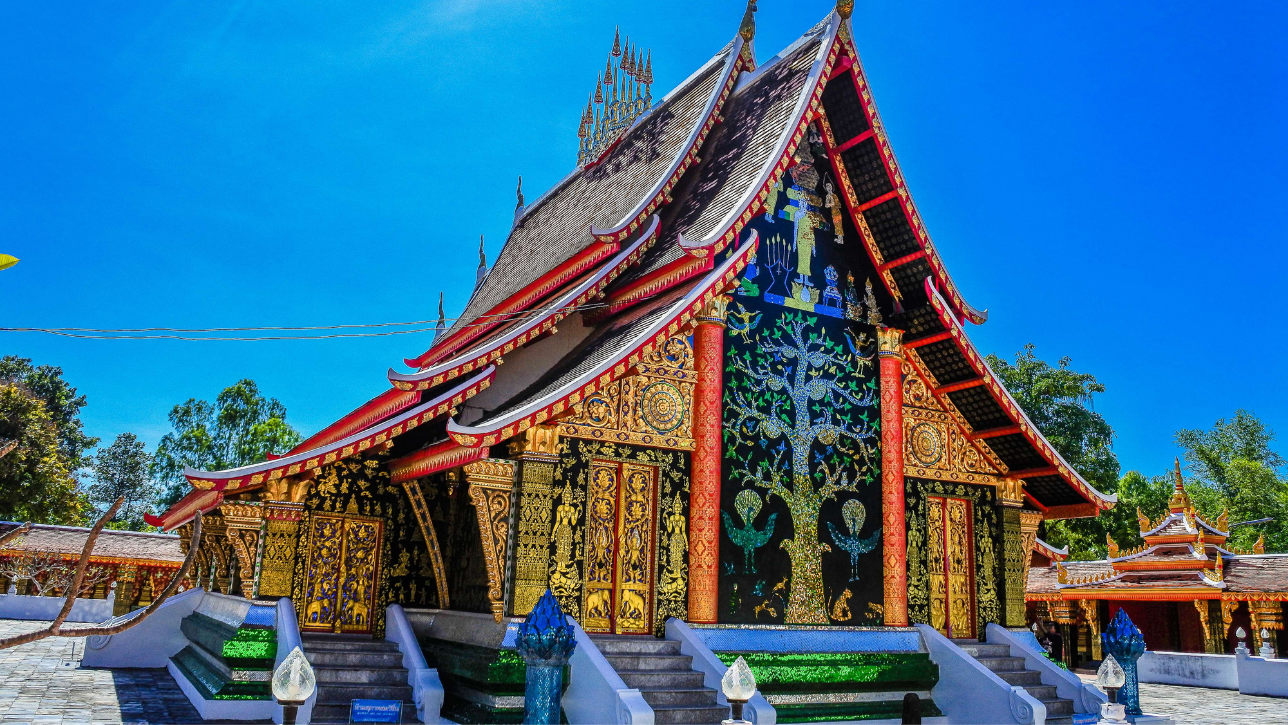
In many Southeast Asian cultures, the feet are seen as impure, while the head is considered sacred.
Pointing your feet at people or sacred objects, especially in Thailand and Laos. Touching someone’s head, even playfully, is disrespectful in countries like Vietnam and Cambodia.
Sit with your feet tucked under or pointed away from others, especially in temples or homes. Avoid patting children’s heads.
Observe locals’ body language to understand proper Southeast Asia etiquette during interactions.

While Southeast Asia is welcoming, public displays of affection (PDA) are often frowned upon, especially in conservative countries like Malaysia and Indonesia.
Kissing, hugging, or holding hands excessively in public spaces.
Keep affection private to respect local norms. Holding hands is generally acceptable in more liberal areas like Thailand or Bali but use discretion.

In countries like Thailand, Brunei, and Cambodia, the monarchy and authorities are deeply revered.
Criticizing or joking about royalty, government, or national symbols. In Thailand, lèse-majesté laws make disrespecting the king a serious offense.
Speak respectfully about local leaders and avoid political discussions unless invited by locals.
Stand during national anthems or royal tributes, as seen in Thai cinemas before movies.
Hand gestures and usage vary across Southeast Asia and can lead to misunderstandings.
Using your left hand for eating, handing over money, or shaking hands in Muslim-majority countries like Indonesia and Malaysia, as it’s considered unclean. Pointing with your index finger is also rude in many cultures.
Use your right hand for interactions and a slight bow or nod when greeting in countries like Thailand (wai) or Cambodia (sampeah).
Learn basic greetings to show respect and enhance your Asian travels.
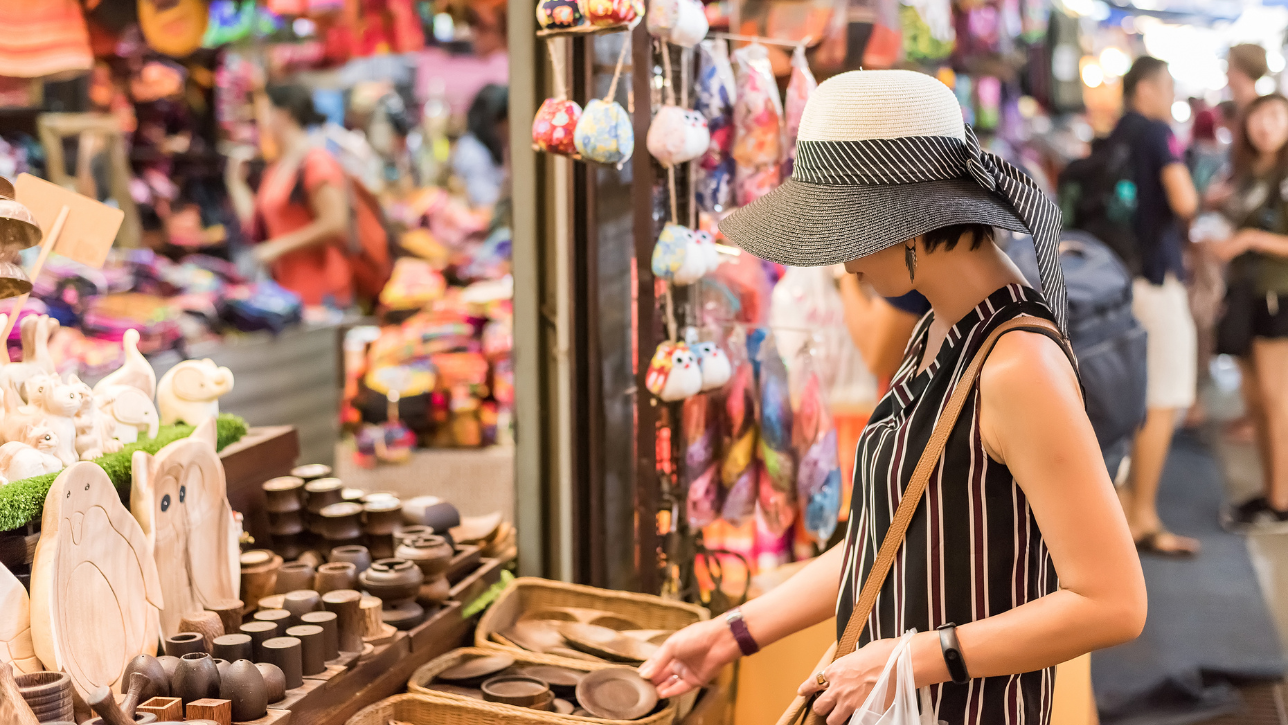
Southeast Asia’s tropical climate tempts travelers to dress lightly, but local norms often require modesty.
Wearing revealing clothing in rural areas, markets, or non-touristy spots. In Vietnam or Laos, overly casual attire can signal disrespect.
Pack lightweight, modest clothing like long pants or sarongs for temple visits or rural areas. Women should carry a scarf to cover shoulders when needed.
In Bali, a sarong is often required for temple entry—rent or buy one locally to blend in.
Food is a cornerstone of Southeast Asian culture, and dining etiquette varies widely.
Refusing food offered by hosts, as it may be seen as rude in countries like the Philippines or Vietnam. Using chopsticks incorrectly (e.g., sticking them upright in rice) is a major taboo in Vietnam, resembling funeral rituals.
Accept small portions graciously and learn basic chopstick etiquette. In Thailand, use a spoon for most dishes, not a fork.

How to Prepare for a Culturally Respectful Trip
To avoid travel taboos in Asia and embrace Southeast Asia etiquette, follow these tips:
Research Before You Go: Study the customs of each country you’ll visit. For example, Indonesia’s Muslim-majority culture differs from Buddhist Thailand.
Observe Locals: Watch how locals behave in temples, markets, or public spaces to mirror their actions.
Ask Questions: If unsure, politely ask locals or guides about appropriate behavior—they’ll appreciate your effort.
Be Humble: A respectful attitude goes a long way. A smile and a willingness to learn can turn cultural missteps into learning moments.
Avoiding taboos in Southeast Asian countries isn’t just about following rules—it’s about immersstruy. By embracing Southeast Asia etiquette, you open doors to authentic experiences, from sharing a meal with locals in Vietnam to joining a Balinese temple ceremony. Respecting local customs shows you value their culture, fostering goodwill and creating memories that last a lifetime.
Southeast Asia is a treasure trove of experiences waiting to be explored. By following aboos to Avoid in Southeast Asian Countries, you’ll not only ensure a smooth trip but also leave a positive impression on the communities you visit. Ready to embark on a respectful and unforgettable adventure? Research local customs, pack your curiosity, and dive into the wonders of Southeast Asia today!
Enrich your travel experience while staying connected
